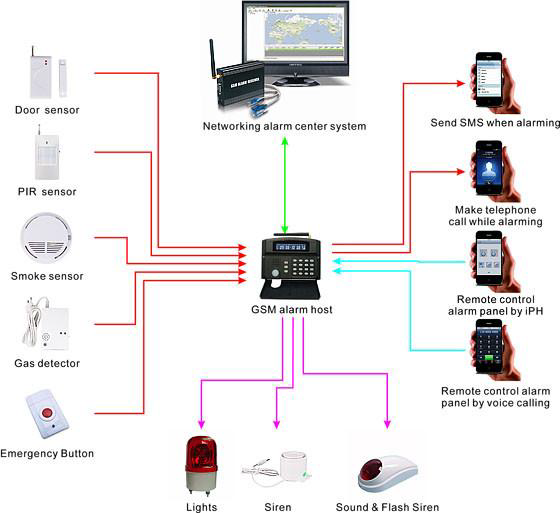How’s your keyholding and response service, up to scratch?
The Key Holding and Alarm Response standard is BS7984:2016, staff working in these positions should receive 16 hours training and be certificated to say they are capable and have knowledge of the service they are providing. The importance of this training becomes evident if you ask a response officer 1, two-part question;
1. What is a PIR and how does it work?
The PIR sensor itself has two slots in it, each slot is made of a special material that is sensitive to Infra-Red (IR) When a warm body like a human or animal passes by, it first intercepts one half of the PIR sensor, which causes a positive differential change between the two halves.
 The importance of this information is critical especially as most Response Officers investigating an alarm activation note many as false alarms, this can never be the case, there is always a reason for an activation. Good background knowledge for these positions is vital if we are to leave our goods and property in the hand of a lone worker daily. Security staff should be provided the tools to perform their duties effectively and daily, unfortunately in our experience this is not always the case. At 1SC we train staff for all eventualities in the hope they will not need to respond to alarm activations, but if they need to respond they understand why and what to do.
The importance of this information is critical especially as most Response Officers investigating an alarm activation note many as false alarms, this can never be the case, there is always a reason for an activation. Good background knowledge for these positions is vital if we are to leave our goods and property in the hand of a lone worker daily. Security staff should be provided the tools to perform their duties effectively and daily, unfortunately in our experience this is not always the case. At 1SC we train staff for all eventualities in the hope they will not need to respond to alarm activations, but if they need to respond they understand why and what to do.
1. Inform your control you are on site, tell them what you see
2. Check the external signalling device (alarm box) no sounder and strobe flashing means the alarm has been activated for more than 20 minutes.
3. Check perimeter of building for signs of entry and exit
4. Enter premises, check panel for area of activation (turn on lights) mute alarm and listen
5. Inspect area of activation thoroughly including the detector that’s signalled, again listen.
6. Before entering a building, the officer should always have knowledge of the site and building, they must have the keys and all the codes for the building. If working at night it is essential for all officers to carry a torch, in case of a power failure and never use the lifts for obvious reasons.
7. Keys should be stored in sealed pouches and all keys should be on key rings that are secure and held within a security-controlled room accessible by the response officer.
If this is all familiar to you, your staff or provider you have a good service, if not, good luck!
NOTE: If there are signs of entry or exit call the police 999 for assistance before entering, persons might still be inside, but generally low-grade crime and the attendance of security services persons usually flee through a fire door which can easily be opened as they are rarely bolted secure.



